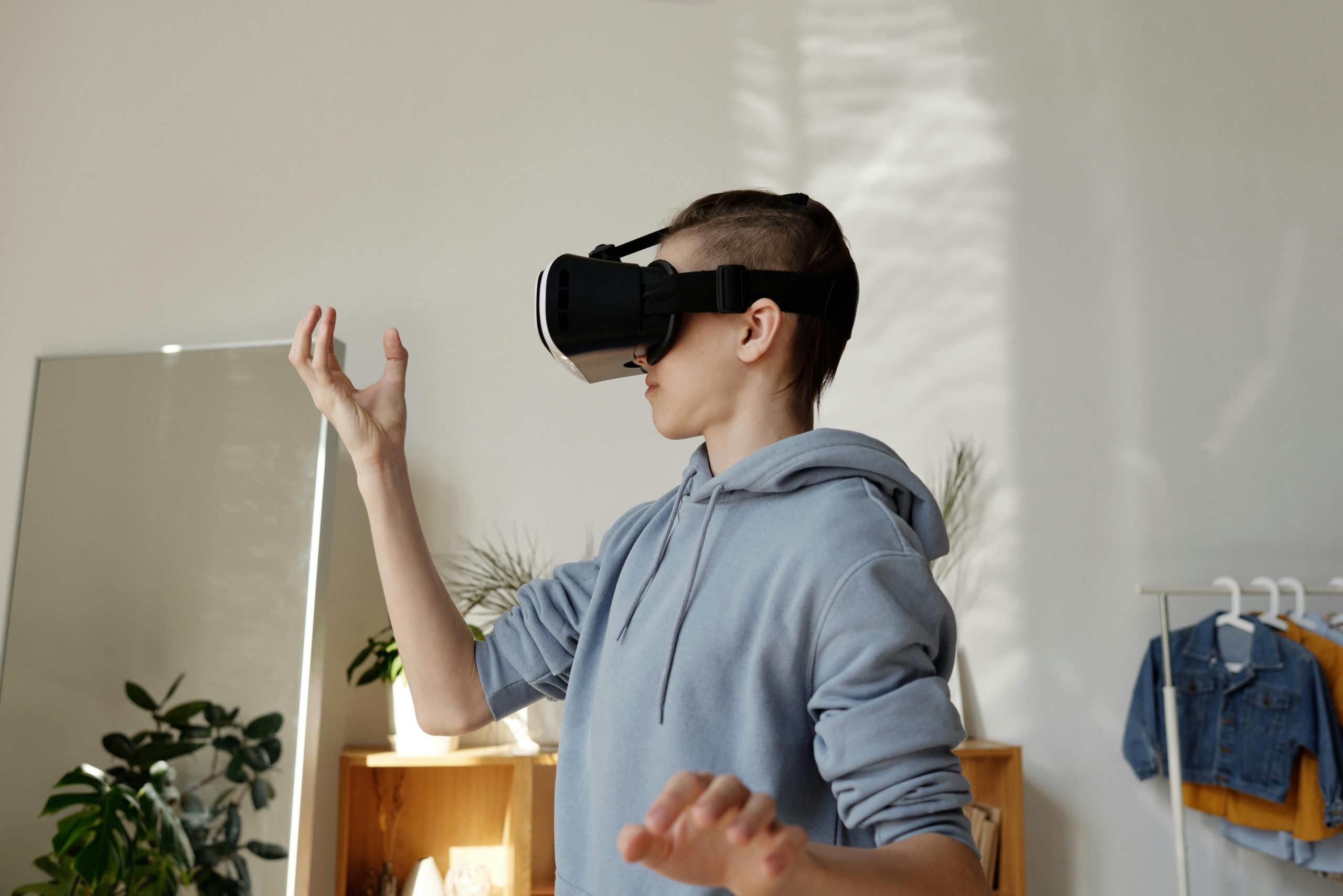Augmented Reality Revolutionizing Virtual Property Tours
Imagine being able to visit a property and explore it without leaving the comfort and safety of your own home. Thanks to augmented reality (AR), this is now becoming a reality. Gone are the days of scrolling through static images of houses, hoping to get an accurate representation of the space. With AR, virtual property tours are revolutionizing the real estate industry, giving potential buyers a more immersive and interactive experience. In this article, we will explore how augmented reality is transforming virtual property tours and why it is a game-changer for both buyers and sellers.
The Rise of Augmented Reality in Real Estate
In recent years, AR has been gaining momentum in various industries, including real estate. It offers a blend of the virtual and physical world, allowing users to see a digital overlay of virtual objects in the real world. This technology has been used in various industries, such as gaming and retail. However, it is finding its true potential in the real estate market.
Augmented Reality vs. Virtual Reality
Before we dive into the specifics of augmented reality in virtual property tours, it is essential to distinguish between AR and virtual reality (VR). While these two technologies are often used interchangeably, they are vastly different.
Virtual Reality
Virtual reality immerses users in a completely digital environment, using specialized headsets and controllers to create a sense of presence and interaction. It is ideal for creating a realistic simulation of spaces, making it popular in the gaming industry. However, it lacks the personalization and customization that AR offers.
Augmented Reality
On the other hand, augmented reality overlays digital elements onto the real world, making it suitable for real estate applications. It allows users to interact with virtual objects using their smartphone or tablet, making the technology more accessible and widespread. With AR, you can see how furniture fits into a space, change wall colors, and even experience a property’s potential before it is built.
The Benefits of Augmented Reality in Virtual Property Tours
With the traditional property viewing process, potential buyers only have access to static images and floor plans. This can make it challenging to visualize and understand the layout and size of a space truly. However, with AR, virtual property tours offer an enhanced experience that brings properties to life in a whole new way.
More Realistic and Immersive Experience
AR technology allows virtual property tours to have a more realistic and immersive experience. Users can explore a property as if they were physically there, giving them a better sense of the space and its dimensions. This is particularly beneficial for international buyers or those who cannot physically visit a property due to various reasons.
Interactive and Customizable Viewing Experience
One of the most significant advantages of AR in virtual property tours is the ability to interact and customize the viewing experience. With the touch of a button, users can change wall colors, move furniture, and add or remove virtual elements to see different design possibilities. This level of personalization allows buyers to see the full potential of a property and make informed decisions.
Cost and Time Savings
In traditional property viewings, buyers often spend a considerable amount of time traveling from one location to another. With virtual tours, buyers can explore multiple properties without leaving their home, saving both time and money. This is especially beneficial for sellers as they can showcase their properties to a wider audience without the need for physical viewings.
Challenges and Future of Augmented Reality in Virtual Property Tours
While the benefits of AR in virtual property tours are undeniable, this technology is not without its challenges. One major hurdle is the cost and accessibility of AR devices. While smartphone-based AR is becoming more popular, high-end AR devices are still costly, making it difficult for everyone to experience virtual tours. Additionally, not all properties or areas may have the necessary infrastructure to support AR technology.
However, as technology continues to evolve and become more affordable, the future of augmented reality in virtual property tours is promising. We can expect to see advancements in AR technology that offer even more personalized and interactive viewing experiences for buyers and sellers.
Conclusion
The use of augmented reality in virtual property tours is revolutionizing the real estate industry. With its ability to offer a more immersive, customizable, and cost-effective viewing experience, it is changing the way properties are marketed, making the process more streamlined and efficient for both buyers and sellers. As AR technology continues to advance, we can expect to see more innovative uses of AR in the real estate market, making the buying and selling process even more convenient and exciting.










